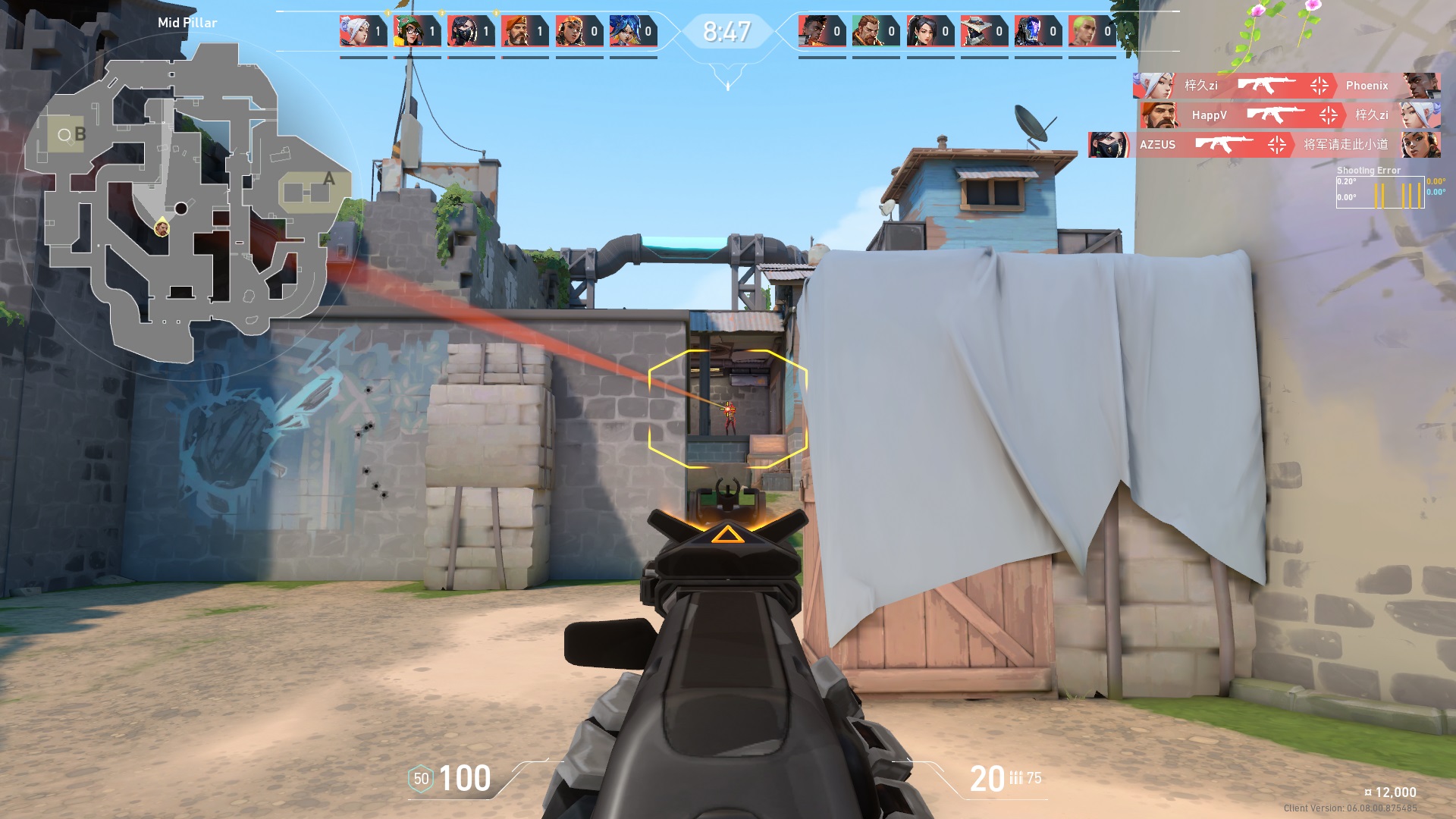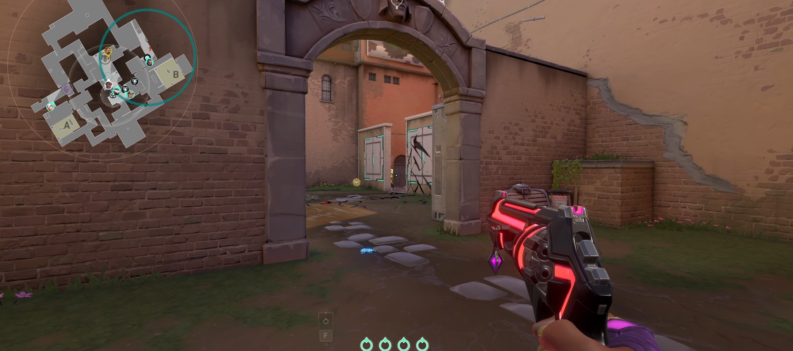Have you ever wondered why you’re getting so little RR despite doing well in your recent matches? This guide has broken down everything you need to know about Rank Rating.

VALORANT’s Competitive mode uses a +/- point system called RR, which is short for Rank Rating. RR is a useful tool that lets players know where they sit in their current Rank Tier so that they can adjust their game accordingly. Players gain and lose RR as they play more Competitive Matches in VALORANT.
In this guide, we will go in-depth on Rank Rating, including what it is, how it works, and how to maximize the number of RRs you can gain per match in VALORANT.
What is the RR rating in VALORANT?
Rank Rating is a Competitive points system that determines a player’s rank progression in their current Rank Tier at any given time in VALORANT.

Every Rank in VALORANT will feature an RR gauge that displays a player’s current RR in their current Rank. RR points can be between 0 and 100, depending on the player’s match history.
RR can be gained or lost by winning or losing Competitive matches, respectively, and players must earn at least 100 RR points to be promoted to the next Rank. Losing another match after sitting at 0 RR will result in a de-rank.
The amount of RR points gained and lost is determined by another hidden rating called MMR, which we will discuss in the next section.
What is MMR in VALORANT?
MMR or Matchmaking Rating is a hidden stat in VALORANT that represents a player’s general skill level and determines the competition players are against in Competitive mode.
MMR also affects the amount of RR players gain and lose in Competitive mode. Generally, players with a high MMR relative to their rank will gain more RR points and climb up the next few Ranks faster, while players with MMR lower than their current rank will get steeper RR losses and eventually de-rank to a more appropriate Rank.
How does Rank Rating (RR) work?
Your Rank Rating is determined by your wins and losses in Competitive mode in VALORANT. You gain RR by winning Competitive matches and lose RR by losing Competitive matches or committing an offense such as going AFK or queue dodging games frequently. Sounds simple, right?

With that said, a player will not de-rank immediately after losing more RR than they have left. Instead, the player sits at 0 RR and will only de-rank after they lose another game while at 0 RR.
The amount of Rank Rating you win or lose depends on the relationship between your MMR and RR.
Rank Rating Breakdown
- You gain more RR if your MMR is higher than your current RR.
- You lose less RR if your MMR is higher than your current RR.
- You gain little RR if your MMR is close to your current RR.
- You lose little RR if your MMR is close to your current RR.
- You gain very little RR if your MMR is less than your current RR.
- You lose even more RR if your MMR is less than your current RR.
Players with more MMR tend to perform better than their current RR suggests. As such, the ranking system will bump up these players to test them and place them at a higher Rank. There they might meet players of equal skill level or greater.
Read: How To Play Better in Valorant
Players with close to even MMR and RR means these players are placed perfectly within their current Ranks. Players with equal MMR and RR will have to perform higher than they currently exhibit to be bumped to the next Rank Tier.
A player with low and high MMR will suffer greater RR losses and gain very little RR in wins. Why? The Ranking system sees these players as unfit to belong in their current Ranking. Thus, it will slap them with steeper RR penalties on losses to knock them down to a lower, more manageable Rank until they can exhibit performance that exceeds their MMR and RR.
What happens to your rank after the Act ends?
Your Rank will reset at the start of a new Episode and the start of a new Act. Placement matches for new Episodes are generally stricter than those for new Acts and require you to play more games to reveal your new Rank.

Players must play 5 Placement Matches at the start of every new Episode, while new Acts only require 1 Placement Match. The maximum initial placement for new Episode Placement Matches is Ascendant 1.
Players generally don’t de-rank during Act Rank resets, but that doesn’t mean they can’t drop a Rank after a bad Placement Match.
How many games does it take to rank up in VALORANT?
The number of games you need to play to rank up will depend on the relationship between your MMR and RR. You will gain more RR and rank up faster if you perform well within your current Rank/RR, which means you will likely play fewer games to rank up.
On average, you can expect to gain around 15-22 RR per Competitive Match win, which means you’ll need only about five games to Rank up if you can win five straight games.
And then there’s the performance bonus, which can sometimes bump you up a full Rank or two depending on your current account’s MMR, Rank, and performance in your recent Ranked games.
All About The Ranks
You can look at Rank Rating as simply a number that shows your current progress in your current Rank. It is not an indicator of your general skill level, but you can use RR to gauge your match performance based on how much RR you win or lose in matches.
MMR is arguably more important than Rank Rating, as MMR determines how much RR you can expect to gain or lose while playing Competitive matches in your current rank.















